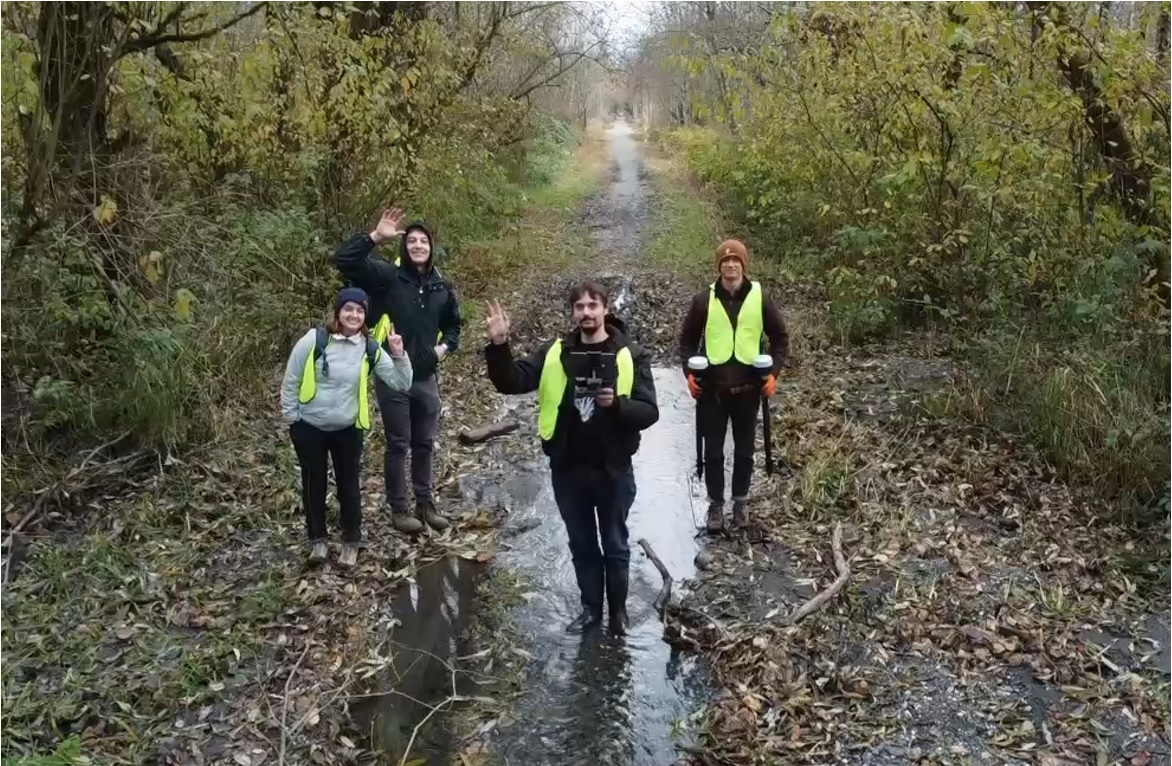After learning that Adams had interest in collaborating with students for the project, Hamilton connected him to the students though the university's Project Center.
The students worked on the project for nine months.
They focused on fleshing out a base design for others to use after they graduate, said student Alex Robles.
Looking at the 2006 feasibility study on the issue, they produced a design for a 1,900-foot boardwalk that spans across the trail in the area prone to flooding. The boardwalk will allow for changes in the creek's direction.
"We picked that as our final design solution because it allows for recreational use yearlong and also allows for Wiseman Creek to restore to its natural hydrological functions, which is really beneficial for the salmon habitat in the region," said student Megan Martindale.
Hamilton said the project helped the students gain workplace experience and work on their technical skills.
Student Ryan McGeary said being able to work with the Skagit Fisheries Enhancement Group and the county allowed him to better understand the benefits and drawbacks of different solutions, such as including considerations for salmon habitat.
The students presented their proposal May 31 to the Skagit County Board of Commissioners.
Adams said the county is seeking grants to pay for the project.
Martindale said, "I think it's just cool to see something students have done be impactful in a community and be able to really contribute to the communities around us."
The Seattle University students, as part of their senior capstone project, worked with Parks and Recreation and the Skagit Fisheries Enhancement Group to design a solution that helps both salmon and recreationists.

